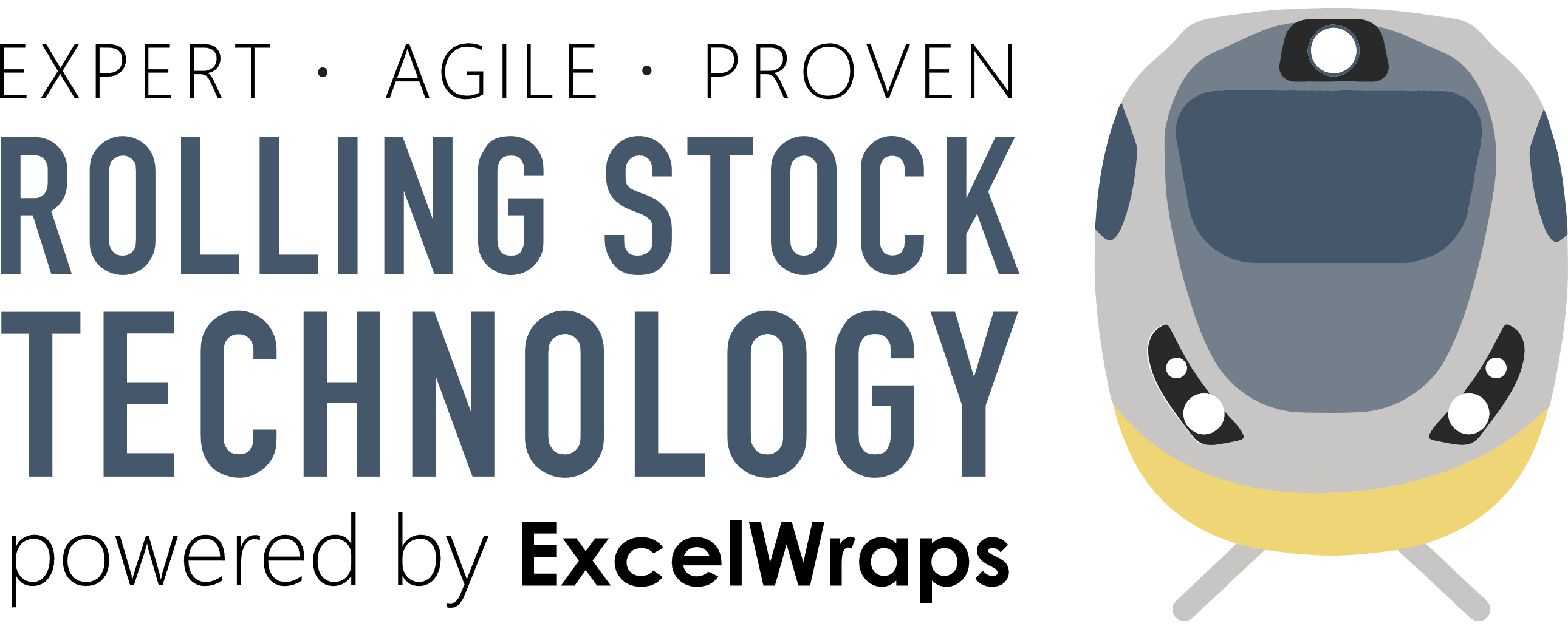Tools
In the context of UK rolling stock, the management of tools is crucial for the efficient and safe maintenance of trains. Proper tool management can help minimize downtime, reduce maintenance costs, and ensure compliance with safety regulations. The key performance metrics for tool management in rolling stock maintenance include:
- Tool availability: Measures the percentage of time that the required tools are available for use by maintenance personnel. High tool availability ensures that maintenance tasks can be performed without delays, minimizing downtime and improving efficiency.
- Tool utilization: Tracks the actual usage of tools compared to their potential usage, helping to identify underutilized or overutilized tools. Optimal tool utilization ensures that resources are allocated efficiently and maintenance tasks are completed effectively.
- Tool lifespan and condition: Monitors the lifespan of tools, including wear and tear, to plan for timely replacements and avoid unexpected failures. Maintaining tools in good condition helps ensure their reliability, safety, and effectiveness during maintenance tasks.
- Tool inventory accuracy: Evaluates the accuracy of the tool inventory, ensuring that the correct tools are available in the right quantities when needed. Accurate inventory management helps prevent delays, stockouts, and excess inventory costs.
- Tool maintenance and calibration: Assesses the frequency and effectiveness of tool maintenance and calibration activities. Regular maintenance and calibration of tools help ensure their accuracy, reliability, and compliance with safety regulations and standards.
- Tool storage and organization: Measures the effectiveness of tool storage and organization systems, such as tool cabinets, racks, and shadow boards. Proper tool storage and organization can improve accessibility, reduce the risk of loss or damage, and enhance workplace safety.
- Tool tracking and traceability: Monitors the ability to track and trace tools throughout their lifecycle, from procurement to disposal. Effective tool tracking can help prevent tool loss, manage tool usage, and ensure that tools are used only by authorized personnel.
- Training and competency: Evaluates the level of training and competency of maintenance personnel in using tools safely and effectively. Providing adequate training and support ensures that staff can perform maintenance tasks efficiently, minimizing the risk of errors, accidents, or damage to rolling stock.
By monitoring and analysing these key performance metrics, train operators, Rolling Stock Operating Companies (ROSCOs), and maintainers can optimize their tool management practices, improving the efficiency, safety, and cost-effectiveness of rolling stock maintenance. Intelligent torque wrenches, refer to advanced wrenches equipped with digital technology, sensors, and software to provide enhanced precision, accuracy, and data collection during torque operations. These smart torque wrenches offer numerous benefits and features that set them apart from traditional manual wrenches:
- Digital display: Intelligent torque wrenches often feature a digital display, allowing users to easily set, view, and adjust torque values during operation. The display provides real-time feedback and alerts users when the desired torque is reached.
- Enhanced accuracy and precision: Smart torque wrenches are designed to deliver highly accurate and precise torque values, reducing the risk of over-tightening or under-tightening fasteners. This improves the overall quality and safety of the assembly process.
- Programmable torque settings: Users can program intelligent torque wrenches with specific torque values or ranges for different applications, streamlining the process and reducing the likelihood of errors. Some models may also support multiple units of measurement, such as Nm, ft-lbs, or in-lbs.
- Audible and visual alerts: When the target torque value is reached, smart torque wrenches typically provide audible and visual alerts, ensuring that users are aware of the correct tightening completion. Some models may also offer vibration feedback for added confirmation.
- Data logging and reporting: Intelligent torque wrenches can log data on torque values, date, time, and other relevant information during use. This data can then be exported to a computer or integrated with other systems for analysis, reporting, and quality control purposes.
- Wireless connectivity: Some smart torque wrenches are equipped with wireless connectivity options, such as Bluetooth or Wi-Fi, enabling remote control, monitoring, and data transfer to other devices or software systems.
- Traceability and accountability: By logging data during operations, smart torque wrenches provide traceability and accountability for each fastener tightened. This is particularly useful in industries where safety and compliance are critical, such as aerospace, automotive, and heavy machinery.
Intelligent torque wrenches, as smart tools, offer a significant improvement over traditional wrenches by providing greater accuracy, precision, and data-driven insights. These features help optimize assembly processes, enhance safety, and maintain high-quality standards across various industries. ExcelWraps have been integrated with intelligent torque wrench systems so that they can be programmed directly from a workflow and the tightening results can be automatically retrieved.
